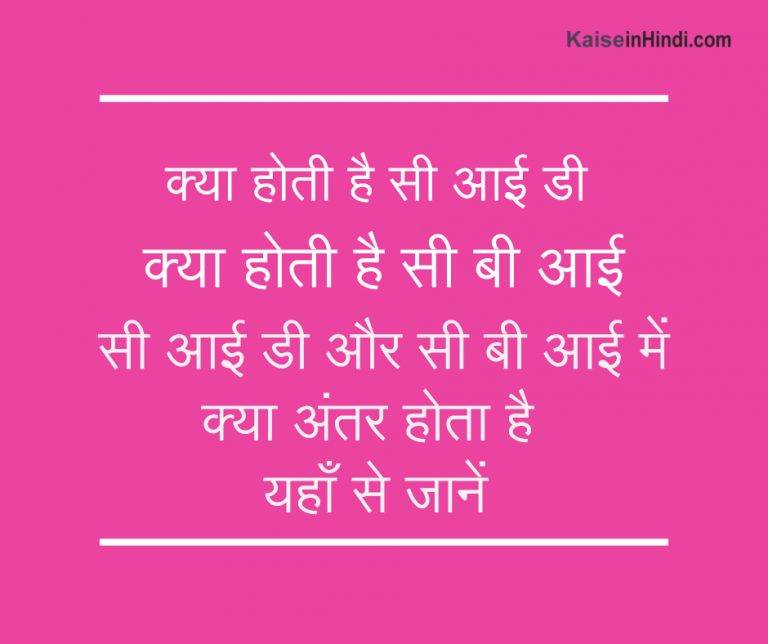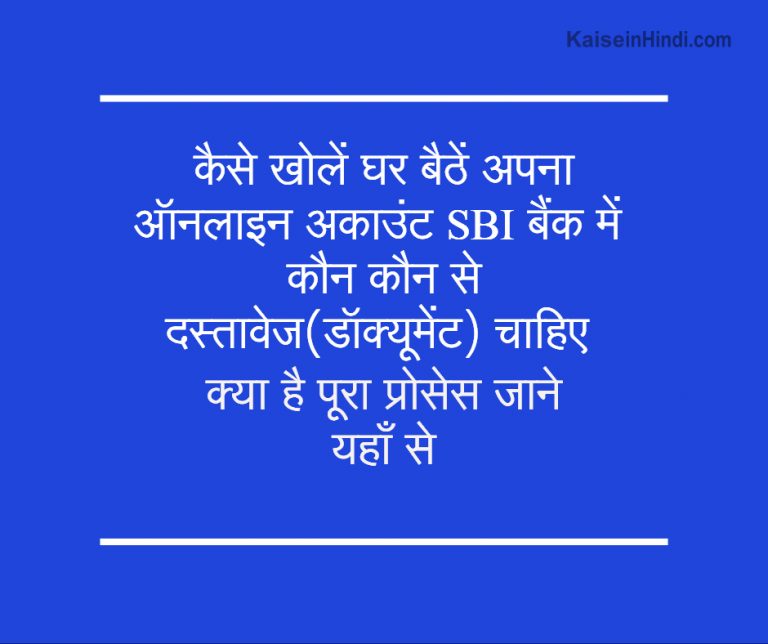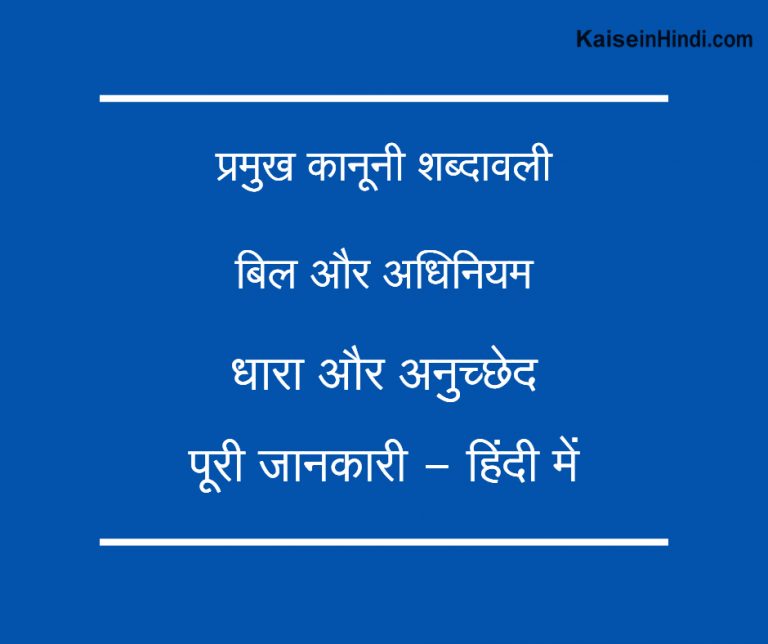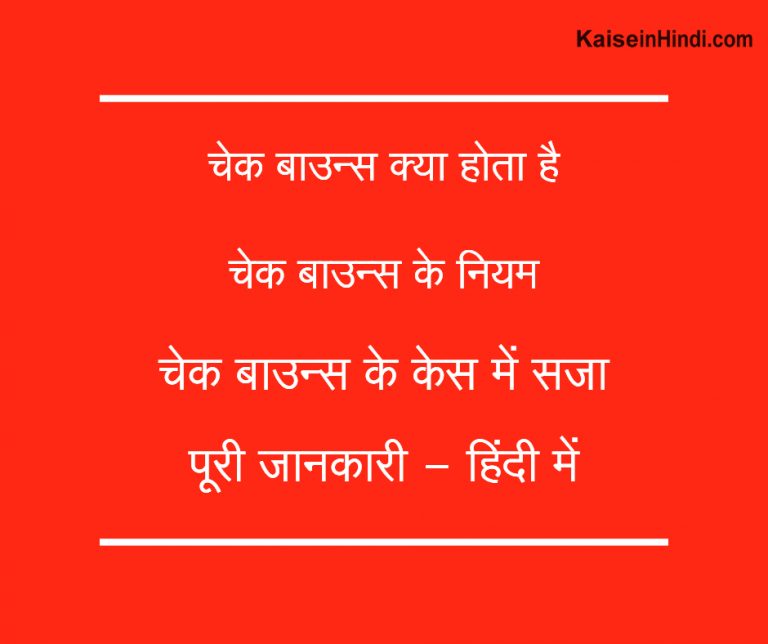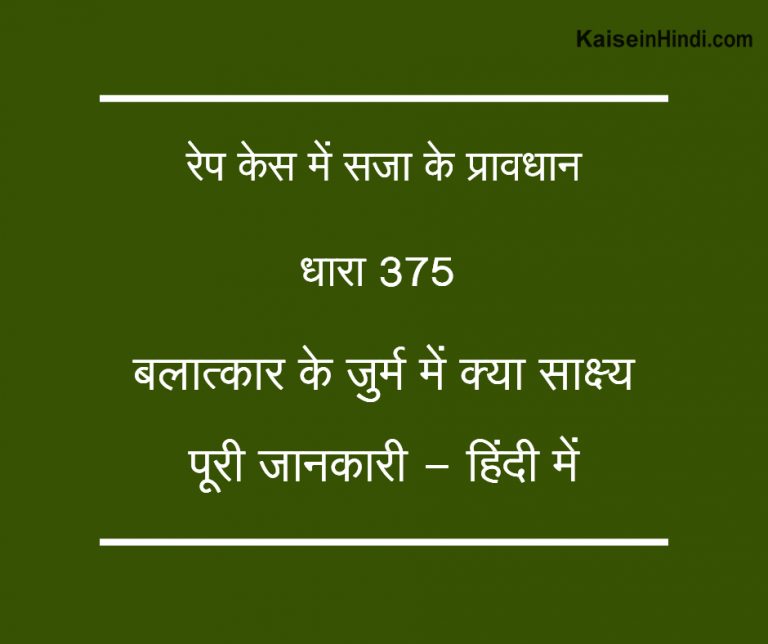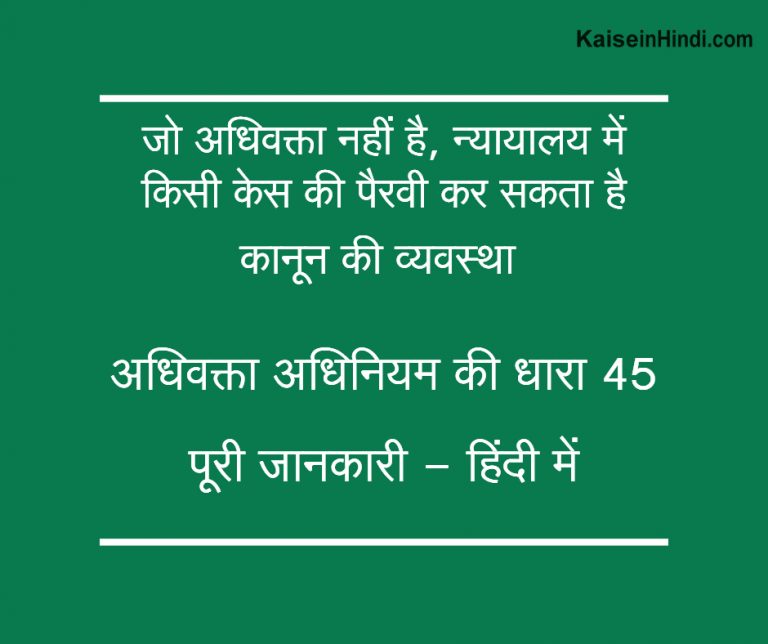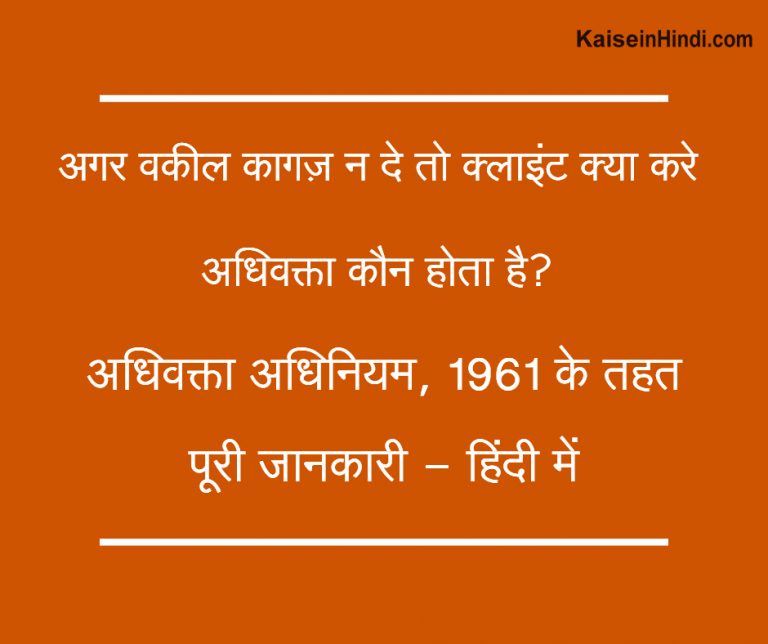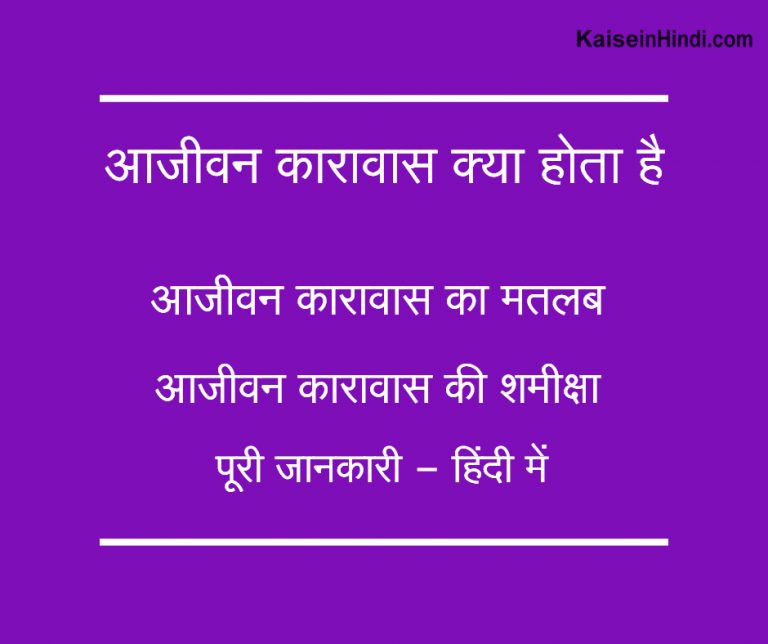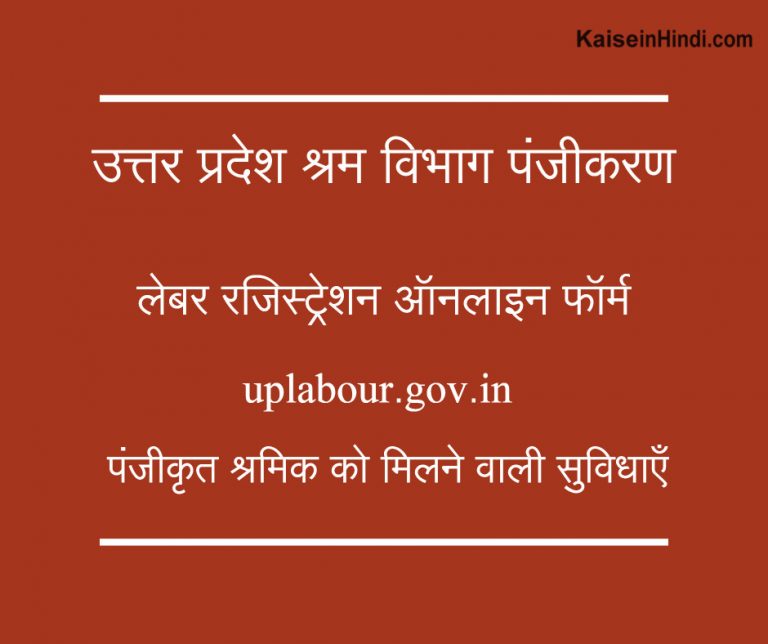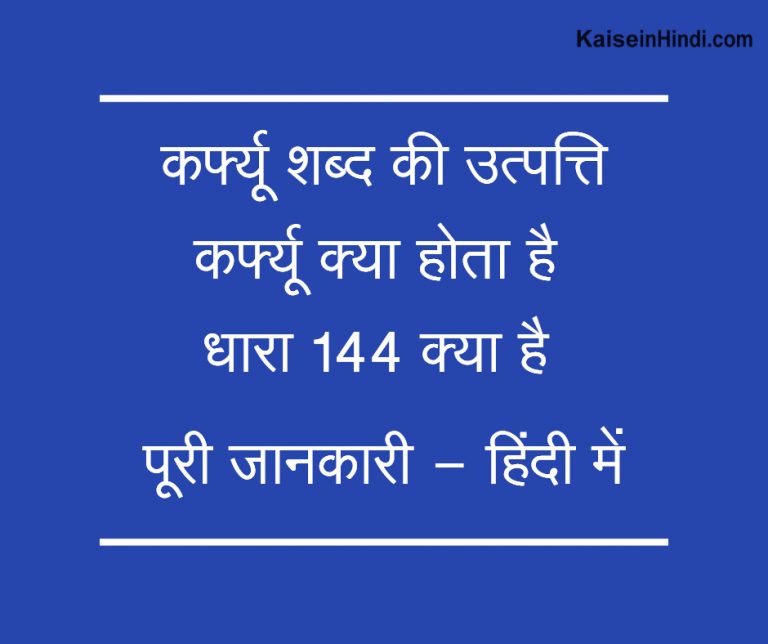During protests in our country, they turn violent and result in considerable damage to public property. Recently, similar violence took place in some places of Uttar Pradesh, Delhi, West Bengal and Assam, where public property was damaged. We, as responsible citizens, should understand that this type of violence not only causes damage to public property, but also results in loss of money to all tax-paying citizens, resulting in greater burden on the government’s expenses. There is unrest and the life of the common man gets affected. In such a situation, it is necessary that we know and understand in detail the legal issues related to damage caused to public property.

Recently, Chief Justice of India Justice S. A. The Supreme Court bench headed by Bobde had expressed displeasure over the riots and damage to public property. He had said,
“We know how riots happen. Stop this first. It cannot be decided for us just because stones are being pelted. We have seen enough riots. This has to be decided when things are calm. We can do anything. Let the riots stop. The court cannot do anything right now. If the protests continue like this and public properties are destroyed, we will do nothing.”
?
For the damage caused to public property, a rule/law was brought by the Parliament in the year 1984 which is known as Prevention of Damage to Public Property Act, 1984, there are total 7 sections under it, although recently There has been a demand for change which we will know and understand further.
This law provides that if any person commits mischief by doing any act in relation to any public property, that person will be punished with imprisonment of up to 5 years and fine [Section 3(1)]. It is worth considering that ‘Rishti’ under this Act has the same meaning as in Section 425, Indian Penal Code, 1860 [Section 2 (a)]. Apart from this, if any person causes damage by doing any act in relation to certain types of properties, he is punished with rigorous imprisonment for a minimum period of 6 months (maximum rigorous imprisonment up to 5 years) and fine [Section 3 (2)] .
Provisions for punishment in rape case
In cases under section 3(2), these special types of assets include the following types of assets:
- Any building, establishment, or other property used for the generation, distribution or supply of water, light, power or energy,
- any oil installation,
- Any mall work,
- Any factory, public transport or telecommunication item or any building, establishment or other property used in connection in addition to that. Apart from this, if any person causes damage to public property by means of fire or explosive substance, then such person is punished with imprisonment of not less than 1 year (maximum rigorous imprisonment up to 10 years) and fine [Section 4]. It is worth considering that under this section, it is talked about in relation to sub-sections (1) and (2) of Section 3.
The meaning of “public property” is also explained in this rule/law . Under section 2(b) of the Act, “public property” means any property, whether immovable or movable (including any machinery), which is in the ownership or possession or under the control of— –
- Central Government
- state government
- local authority
- Corporation established by or under any Central, Provincial or State Act
- A company as defined in section 617 of the Companies Act, 1956 (1 of 1956)
- Such institution, concern or undertaking as the Central Government may, by notification in the Official Gazette, specify in this behalf: Is the existing law sufficient?
The Supreme Court on several occasions has found the existing rule/law, namely, the Prevention of Damage to Public Property Act, 1984, to be incomplete and seeks to fill in the gaps in the law by issuing guidelines. In 2007, the Court took cognizance of “individual instances where large-scale damage to public and private properties was caused in the name of agitations, bandhs, strikes, etc. ” In fact, after Gurjar leaders demanded to give ST status to the people of their community, violence started in many states, after which the Supreme Court asked the former Supreme Court to advise change in this rule/law. Judge K. Two organizations were also formed under the supervision of T. Thomas and senior advocate Fali Nariman.
Can a person who is not an advocate plead a case in court?
It is worth considering that the retired Supreme Court judge. While the organization headed by T. Thomas considered violating the rules of the Prevention of Damage to Public Property Act 1984 and holding leaders accountable for acts of indecency and barbarity during protests, senior lawyer Fali S. Nariman The task was to take into account the media coverage of such bandhs and recommend measures. Retired Supreme Court judge K. The organization headed by T. Thomas has learned that this Act of 1984 is rarely used through the state governments, while mostly the rules of the Indian Penal Code, 1860 are used through them.
Subsequently, in the year 2009, in the case of In Re: Destruction of Public & Private Properties v State of AP and Ors (2009) 5 SCC 212. , the Supreme Court gave guidelines based on the recommendations of 2 expert organizations. Since this case in 2009, the Supreme Court guidelines (against destruction of property) have been that the responsibility for the destruction rests on the leader/chief/organizer who called for the protest. Following the organisation’s advice, the Court had held in this 2009 case that the prosecution would need to prove that direct action called through a committee had caused damage to public property, and that the perpetrator had also Have participated in the action that took place in front of such eyes.
What is the difference between judgment, decree and order
The Court also stated that rioters are held strictly liable for damages caused, and compensation will be charged to “compensate” for damages caused. The Court stated in clear terms that, “Where a person or persons, whether associated or otherwise, are part of a protest which is violent, resulting in damage to private or public property, then the persons who Those who cause this harm through, or who were part of, or initiated the protest, will be held strictly responsible for this harm, and this harm may be reviewed through general courts or jurisdiction. This can be done through a special episode designed to pass.”
Under the guidelines, “If a huge loss of property is caused by or because of a protest, the High Court may, on its own, take up a case and set up a machinery to investigate and award compensation for the loss caused during the protest.” Where violence has taken place in more than one state, such action can be taken through the Supreme Court, the responsibility for the loss will be on the accused and also on the person organizing such protest. Will be responsible as per the workload determined through the High Court or the Supreme Court.
Further, it is also stated in this case that, in all cases, the High Court or the Supreme Court, as the case may be, shall appoint a joint or retired District Judge as the Claim Commissioner to assess the compensation and inquire into the liability. ) can be appointed as. An assessor may be employed to assist the Claim Commissioner. To indicate the loss and establish the association with the accused, the Claim Commissioner and the Assistant may take directions from the High Court or the Supreme Court, as the case may be, to search the existing video or other recordings from private and public sources. Additionally, exemplary damages may be awarded to a limit not exceeding twice the amount of compensation awarded.
यह भी पढ़ें: मुख्य कानूनी शब्दावली
What should the client do if the lawyer does not give the papers?
In the year 2018, in the case of Kodungallur Film Group vs Union of India (2018) 10 SCC 713, the court issued some guidelines in addition to the guidelines issued in the year 2009 case. Compiling the responsibilities of the police in the guidelines, the court Said-
1) If any case of violence results in damage to property, the nearest police authorities should be informed and investigation should be completed as soon as possible within the statutory time and a report should be submitted in that regard. Any failure to lodge a report and conduct investigation within the statutory time without adequate resources needs to be considered as dereliction of duty on the part of the officer concerned and such cases may be appropriately pursued through departmental action.
2) Since the Nodal Officer has the overall responsibility in all districts to prevent violence against cultural institutions and other properties, he should refer any ambiguity in filing reports and/or conducting investigations in the matter to the said Nodal Officer. It is considered a case of inaction.
3) Regarding videography, the officer-in-charge is first required to call the members from the list of local video operators made for video-recording the cases related to the police station. If the said video operators, for any reason, are not able to record the cases or if the officer in charge advises that supplementary information should be done, he may himself ask the video operators to record the cases and If necessary, request the media for information regarding the alleged matter.
4) The status report of investigation/trial in respect of such offences, including the results of such trial(s), is regularly uploaded on the respective official website of the State Police.
5) In case any person(s) is acquitted of such crimes, the Nodal Officer is required to coordinate with the Social Prosecutor for filing an appeal against such acquittal.
?
However, because such plight is carried out through a collective of people, and in most such cases, there is no identifiable leader/organizer. Even in cases where protests have been called on a large scale, there are many big names on the posters, it can be argued in court that such persons have never explicitly called for such protests .
As we know that under Section 4 of this Act, the punishment for causing damage to social property by fire is imprisonment up to a maximum of 10 years and fine. But it has been seen some time ago that due to non-use of this Act, this law has failed to achieve its purpose.
Despite the increase in the number of people, harassment, unrest and damage to public property, very few people are convicted in the courts. Inability to punish the accused in such cases is seen due to officers not having correct information about the evidence related to such cases and being unable to properly understand the investigation process.
State governments have resorted to less stringent rules of the Indian Penal Code in addition to specific rules/laws to book the accused systematically, which is not right. As we know that in view of the way damage is caused to public property during bandh, strike or agitation by individuals or political committees, the Supreme Court has also taken note of the fact that thus Damage should be done to the party associated with its activities, although the governments on the whole have so far been unable to do that.
Why are lawyers not allowed to advertise their work?
In the case of Kosi Jacob vs Union of India WRIT PETITION (CIVIL) NO.55 OF 2017 , the Court reiterated that this 1984 law should be changed, and in fact the government needs to take steps towards changing this law. Is .
In a recent case, when there was a violent movement against the Citizenship Amendment Act in Uttar Pradesh’s capital Lucknow and other parts of the state, a huge amount of damage was caused to public and private property due to the violence. On which Uttar Pradesh Chief Minister Yogi Adityanath indicated that to compensate for the damage to the property, the property of the people indulging in disturbance and violence will be auctioned. It is hoped that this action of the State Government will be carried out correctly, under the guidelines of the Supreme Court, so that a good beginning can be made in the implementation of these guidelines in the country.
In this article, we have given you detailed information regarding what our rules/laws say in cases of damage to public property during protests. If any question or idea related to this article arises in your mind, then please ask through comment.

